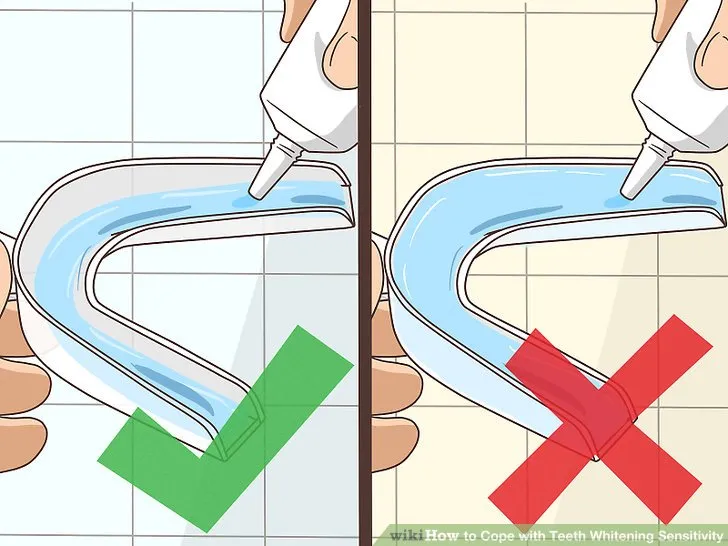Teeth whitening is a popular cosmetic procedure that can significantly enhance your smile, boosting your confidence and overall appearance. However, for many, the path to a brighter smile isn’t always smooth. Teeth whitening can sometimes lead to increased sensitivity, which can be a significant concern. This comprehensive guide will delve into the causes of this sensitivity, provide actionable tips to minimize discomfort, and offer insights into effective aftercare practices. By understanding the science behind teeth whitening and sensitivity, you can achieve your desired results while keeping your smile healthy and comfortable.
Understanding Teeth Whitening Sensitivity
Teeth whitening sensitivity is a common side effect experienced by a significant percentage of individuals undergoing the procedure. It typically manifests as a sharp, transient pain or discomfort in the teeth. This sensitivity occurs because the whitening agents used, primarily hydrogen peroxide or carbamide peroxide, can penetrate the enamel and dentin of the teeth. The penetration affects the nerve endings within the tooth, leading to the sensation of sensitivity. While often temporary, understanding the root causes and mechanisms behind this sensitivity is crucial for effective management.
What Causes Sensitivity During Whitening
The primary culprit behind teeth whitening sensitivity is the whitening agent itself. The chemicals in the product interact with the tooth structure, leading to changes that trigger sensitivity. Several factors contribute to how intensely you experience this sensation. The concentration of the whitening agent, the duration of its application, and the overall health of your teeth all play a role. It’s vital to understand these aspects to make informed choices regarding the whitening process.
The Role of Peroxide
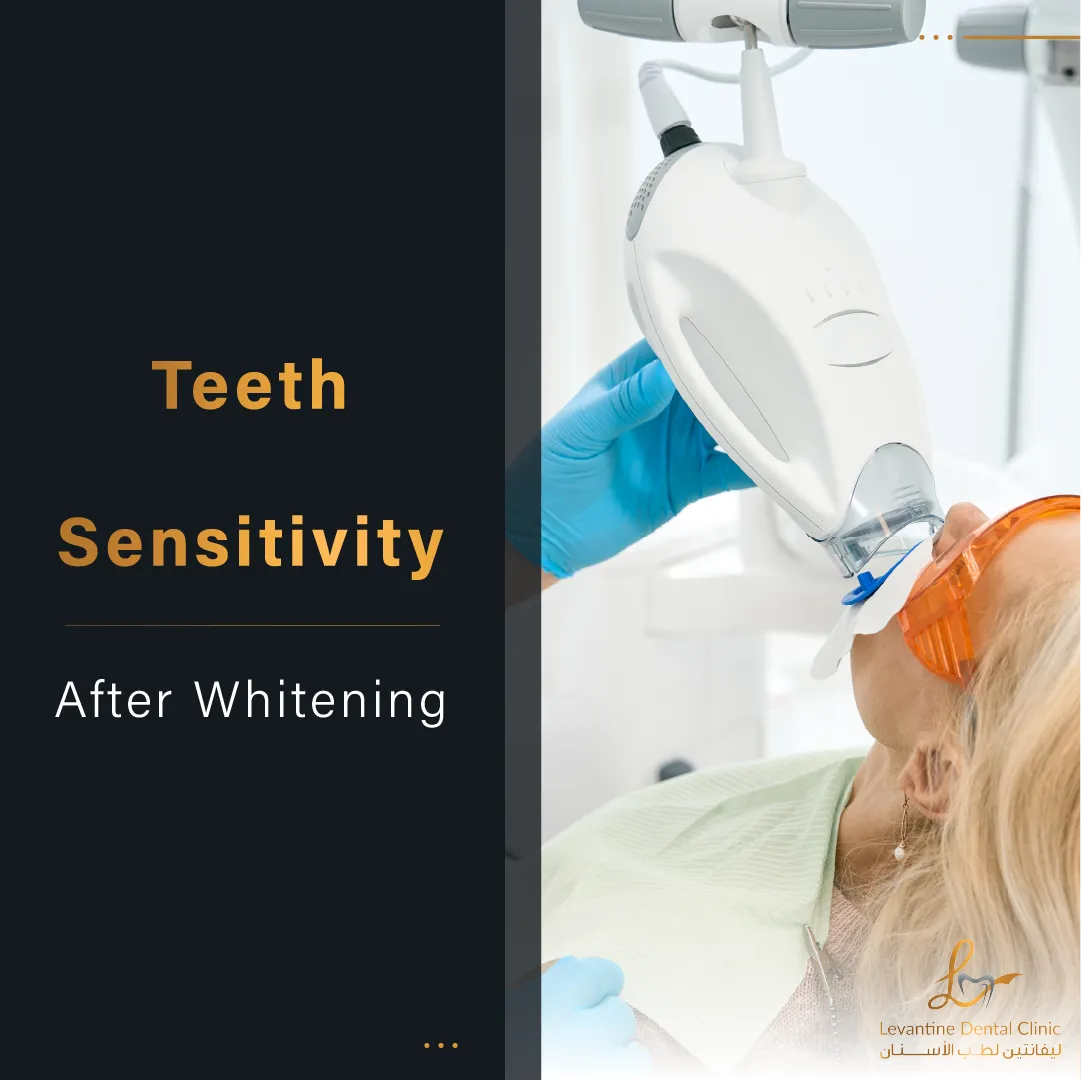
Both hydrogen peroxide and carbamide peroxide are common active ingredients in teeth whitening products. Hydrogen peroxide is a stronger, more direct bleaching agent, while carbamide peroxide breaks down into hydrogen peroxide. These chemicals work by oxidizing the stains on your teeth. This process also can cause the pores in your enamel to open, which can irritate the nerves within the tooth. The higher the concentration of the peroxide, the more quickly you might see results, but also the more likely you are to experience sensitivity.
Enamel Erosion and Sensitivity
The enamel is the hard, protective outer layer of your teeth. Any erosion or thinning of the enamel can expose the dentin, which contains tiny tubules that lead directly to the nerve. This exposure makes your teeth far more sensitive. Whitening agents, especially when used improperly, can potentially contribute to mild enamel erosion. That is why it’s vital to follow instructions carefully and consult with your dentist if you have concerns about the integrity of your enamel.
Common Symptoms of Sensitivity
Recognizing the symptoms of teeth whitening sensitivity is essential for managing the discomfort effectively. These symptoms can vary from mild to intense and might affect your day-to-day activities. If you understand the signs, you can adjust your whitening routine to minimize the impact.
Sharp, Stabbing Pain
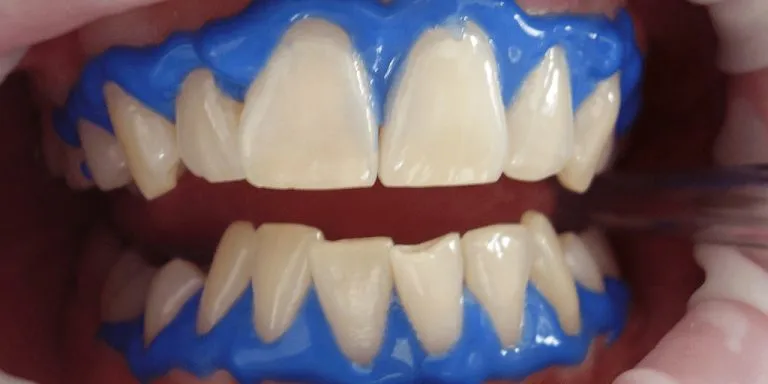
This is one of the most commonly reported symptoms. It’s characterized by a sudden, sharp pain that can be triggered by various stimuli, such as air, cold drinks, or sweet foods. The pain is usually short-lived but can be quite intense. The intensity can vary greatly from person to person. The duration and frequency of the pain will depend on the level of sensitivity, application and the underlying health of your teeth.
Increased Sensitivity to Cold or Heat
Another common symptom is increased sensitivity to temperature changes. This means that you might experience discomfort when consuming hot or cold foods and drinks. This happens because the whitening agent can temporarily disrupt the protective layers of your teeth, making the nerve endings more exposed. The sensitivity might linger for a few days or weeks after you finish your whitening treatment.
Tips to Reduce Sensitivity During Whitening
Fortunately, there are several proactive steps you can take to minimize teeth whitening sensitivity. From consulting with a dental professional to adopting specific product choices and application techniques, these strategies will help you achieve a brighter smile with more comfort.
Consult with Your Dentist

Before starting any teeth whitening treatment, it is highly recommended that you consult your dentist. A professional evaluation can help determine if you are a good candidate for teeth whitening and identify any potential risk factors, such as pre-existing sensitivity, cavities, or gum disease. Your dentist can also offer tailored recommendations and advice based on your specific oral health needs. Professional guidance is an essential first step in any teeth whitening process.
Using Desensitizing Toothpaste
Desensitizing toothpaste can be a powerful tool in managing teeth sensitivity. It contains ingredients such as potassium nitrate or stannous fluoride, which work to block the pathways to the nerves in your teeth. Using this toothpaste for a few weeks before you start whitening and throughout the whitening process can significantly reduce sensitivity.
How it Works
Desensitizing toothpaste works by either blocking the tubules in your dentin or desensitizing the nerve fibers. Potassium nitrate, for example, enters the tooth tubules and blocks the pain signals from reaching the nerves. Stannous fluoride can help form a protective layer over the tooth surfaces, preventing irritants from reaching the nerves. Consistent use is key to allowing the active ingredients to take effect and protect your teeth from discomfort.
Proper Application
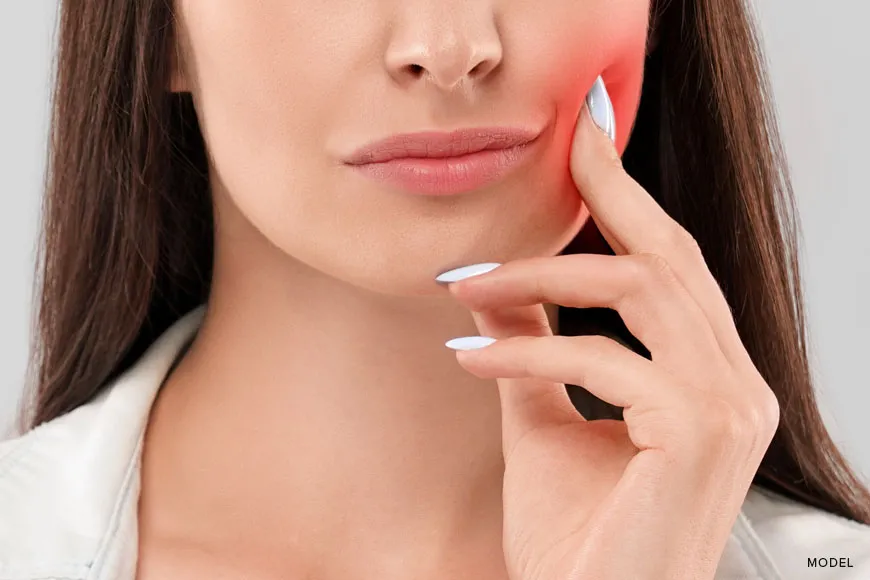
For best results, use the desensitizing toothpaste at least twice a day, brushing your teeth gently. Ensure the toothpaste covers all the sensitive areas. For extra protection, you can apply a small amount of the toothpaste to the sensitive areas of your teeth and leave it there for a few minutes before rinsing. Avoid rinsing your mouth immediately after brushing to allow the active ingredients to remain in contact with your teeth.
Whitening Product Selection
Choosing the right whitening products can significantly impact your experience with teeth sensitivity. Several factors regarding product selection should be considered to ensure the best possible outcome.
Lower Concentration Products
If you’re prone to sensitivity, consider products with lower concentrations of hydrogen peroxide or carbamide peroxide. Over-the-counter products often contain lower concentrations than those used by a dentist, reducing the likelihood of sensitivity. Your dentist can provide you with more guidance on safe and effective options to ensure you get the results you want with the least amount of discomfort.
Custom Whitening Trays
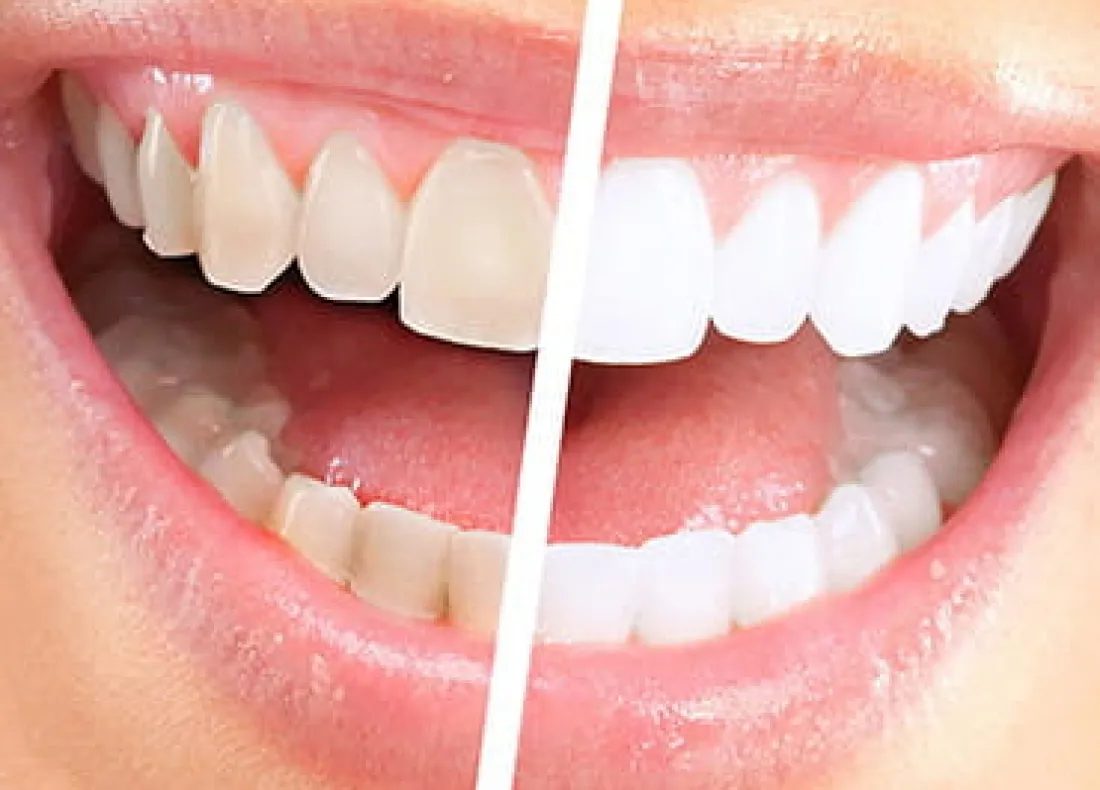
If you choose to whiten your teeth at home with a custom tray from your dentist, the fit and design of the trays are essential to your comfort and the effectiveness of the whitening process. Custom trays are designed to fit your mouth perfectly, ensuring that the whitening gel comes in contact with your teeth, and it minimizes exposure to your gums. This can help reduce sensitivity and the risk of gum irritation. Custom trays are usually more effective and comfortable than the ‘one size fits all’ trays.
Application Techniques for Sensitive Teeth
How you apply the whitening product can make a substantial difference in your comfort level during the whitening process. Consider these techniques to mitigate sensitivity issues.
Shorter Whitening Sessions
Instead of using the whitening product for the full recommended time, try shortening your sessions. This will reduce the amount of time your teeth are exposed to the whitening agent. Starting with shorter sessions and gradually increasing the time as your teeth become more accustomed to the treatment can be helpful.
Whitening Before Bed
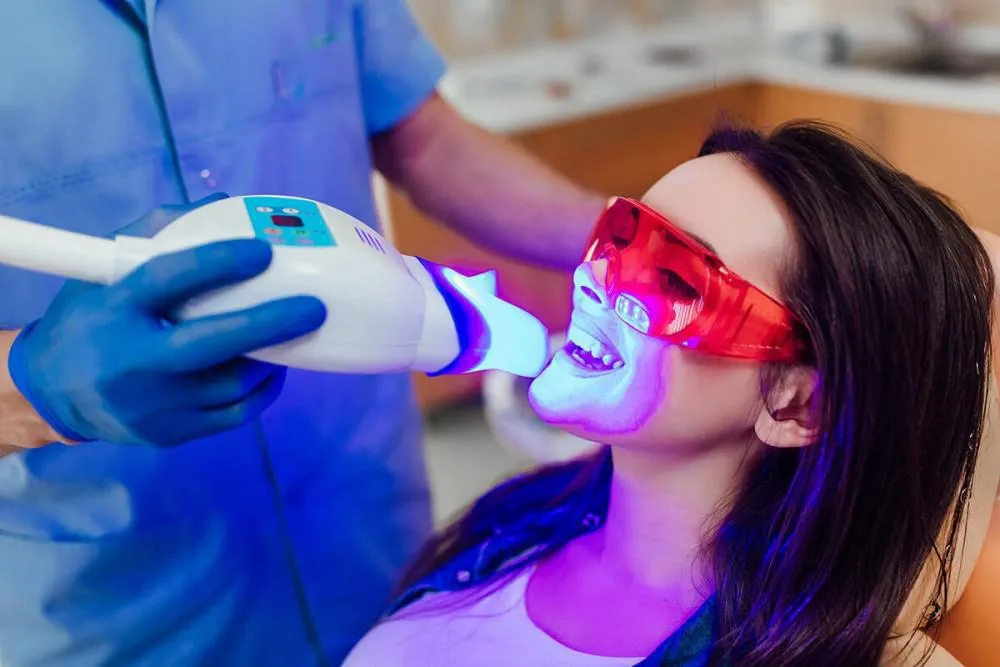
Applying your whitening treatment right before bed can be another helpful technique. This approach allows you to sleep through the most intense part of the treatment. During sleep, you’re less likely to consume foods or drinks that might trigger sensitivity. After whitening, gently rinse your mouth.
Post-Whitening Care and Maintenance
Once you’ve completed your teeth whitening treatment, the right post-whitening care can play a huge role in maintaining your results and ensuring your teeth remain healthy and comfortable.
Using Fluoride Treatments
Fluoride treatments can strengthen your tooth enamel and reduce sensitivity. Using a fluoride toothpaste or having fluoride treatments applied by your dentist after your whitening session can help remineralize your teeth. This will not only help prevent sensitivity but also protect your teeth from cavities.
Avoiding Certain Foods and Drinks
Your diet can impact how your teeth feel. For a few days after whitening, it is best to avoid foods and drinks that can stain your teeth and can trigger sensitivity. This includes coffee, tea, red wine, dark-colored sodas, and highly acidic foods. Stick to a diet that includes white or light-colored foods, such as dairy products, white fish, chicken, and plain pasta.
Importance of Hydration
Drinking plenty of water is essential for your overall health, and that is also very important for your teeth. Water helps to rinse away food particles and bacteria that can contribute to sensitivity. It also helps to maintain a healthy level of saliva, which can protect your teeth from damage. Drink water frequently throughout the day, especially after meals and snacks.
When to Seek Professional Help
While some degree of sensitivity is normal, it is important to know when to seek professional help. If your sensitivity is severe, persistent, or interferes with your ability to eat or drink, you should contact your dentist. Your dentist can assess your situation and provide specific recommendations, such as stronger desensitizing treatments or adjustments to your whitening plan.
By understanding the causes of teeth whitening sensitivity, adopting preventative measures, and following the right aftercare practices, you can enjoy a brighter, more confident smile. Remember to consult your dentist for personalized advice. With the right approach, you can achieve your whitening goals while keeping your teeth healthy and comfortable. Take a proactive stance, and brighten your smile with confidence.
